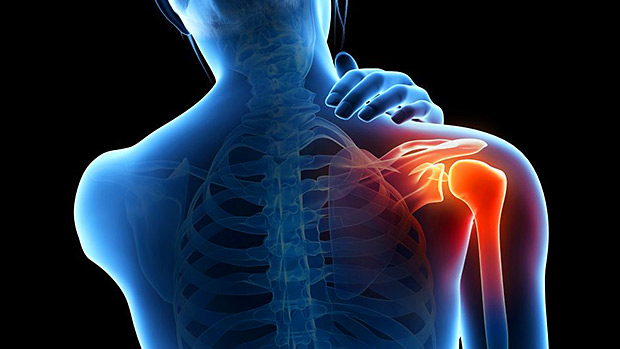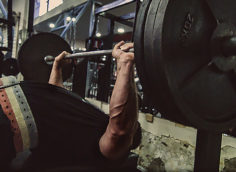If you've been training heavy, your joints are going to get angry sooner or later. Maybe you have cranky shoulders, tight hips, bad knees, a painful lower back, or all of the above.
If you've had enough of constantly feeling broken down and you're ready to ease your pain and regain mobility, try some self-administered joint mobilizations.
What are joint mobilizations? Think about them as a series of stretches that open up your joints to allow fluid to move between them. This will decrease pain and increase mobility. In a way, it's like lubing up your joints.
Simple Joint Mobilizations
My favorite method for this (demonstrated in the videos) involves tying one end of a band to a sturdy anchor, the other end to a limb of the body. Once you're "tied in," slowly move away from the anchor to apply distraction to the desired joint.
Once you feel a slight stretch, begin doing slow oscillating movements to allow the muscle to relax and promote the movement of fluid between joints.
You shouldn't feel much of anything except for a slight distraction and a little relief. Don't overstretch the band or your muscles will "guard up" preventing your joint from opening properly.
Joint Mobilizations for Your Shoulder
Gently pull the arm attached to the band with your free hand. Perform small oscillating circular motions.
Joint Mobilizations for Your Lower Back
Joint Mobilizations for Your Hips
Quick Warning
If you're hypermobile, have acute inflammation, have a joint fracture or ligament rupture, avoid doing joint mobilization. Also, don't get dependent on these or any other prehab movements.
Joint mobilizations should be used when you feel excessively restricted or overly compressed/compacted from doing heavy lifting. Doing them on every joint before and after every lifting session is excessive.
Sources
- Hall & Brody: Therapeutic Exercise: Moving Toward Function, 2nd Edition © 2005, Lippincott Williams and Wilkins
- Hertling D, Kessler RM. Management of Common Musculoskeletal Disorders: Physical Therapy Principles and Methods. 4th ed. LW&W, Philadephia, 2006.
- Konin, Jeff G, and Brittany Jessee. "Range of Motion and Flexibility." Physical Rehabilitation of the Injured Athlete, by James Rheuben Andrews et al., Elsevier/Saunders, 2012.





